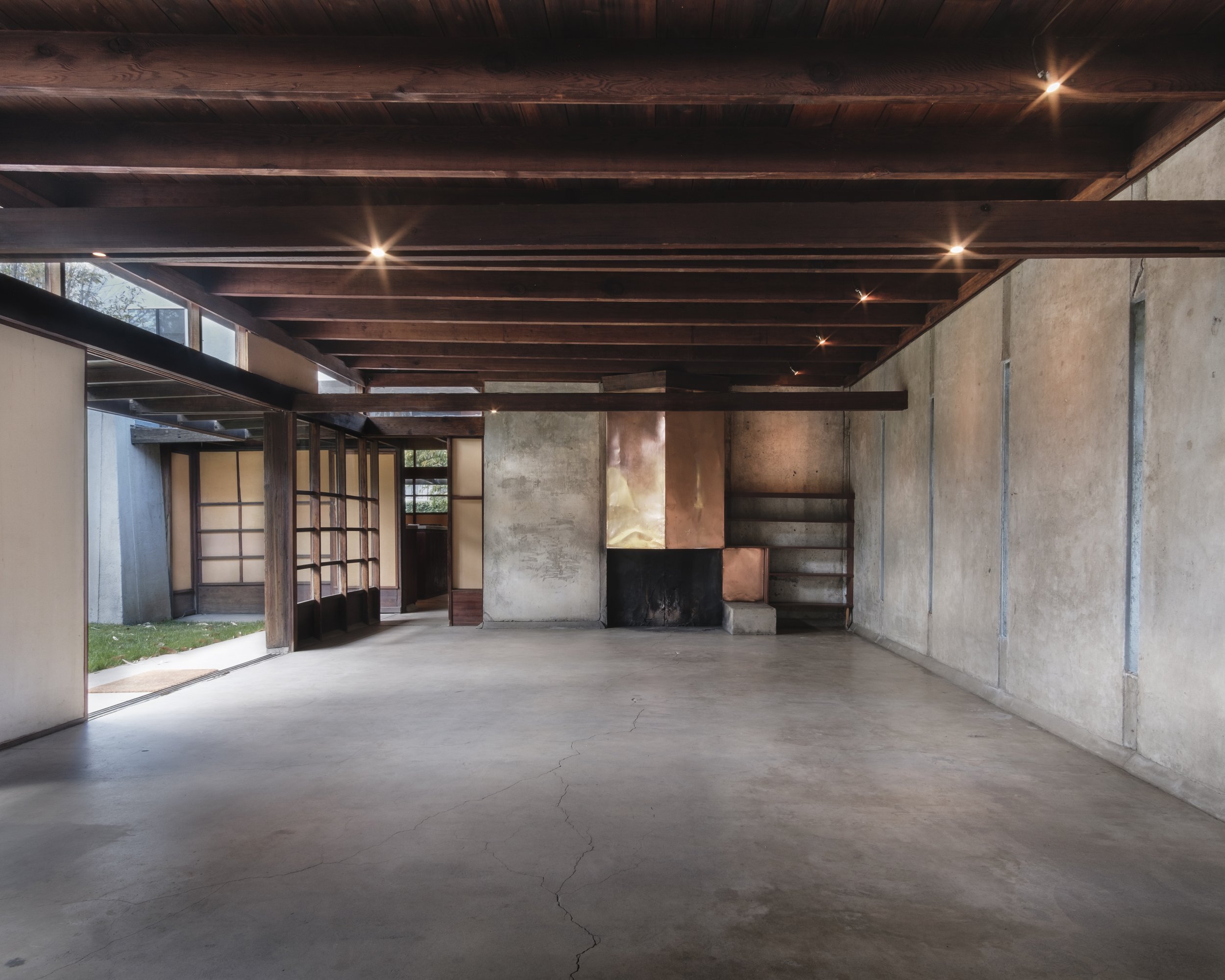Southern California: A Hotspot for Innovative Concrete Architecture
Southern California is known for its diverse architectural landscape, with a rich history of groundbreaking designs and innovative building techniques. One such innovation is the use of concrete coatings and polished concrete in various architectural works throughout the region. From public institutions and cultural spaces to commercial and residential projects, architects and designers across Southern California have embraced the potential of this versatile material to create striking, functional, and inspiring spaces. In this blog post, we will explore some of the most notable concrete coating and polished concrete architectural works in Southern California, highlighting the unique ways in which local architects and designers have utilized this material to create exceptional spaces.
The Broad Museum - Diller Scofidio + Renfro
Located in downtown Los Angeles, The Broad Museum is a stunning example of the innovative use of concrete coatings and polished concrete in contemporary architecture. Designed by the internationally acclaimed architectural firm Diller Scofidio + Renfro, the museum features a distinctive honeycomb-like exterior, known as the "veil," which is coated with a concrete finish. This coating not only enhances the building's visual appeal but also offers practical benefits such as durability and protection from the elements.
Inside the museum, polished concrete floors can be found throughout the galleries and public spaces, providing a sleek and modern surface that complements the building's cutting-edge design. The polished concrete floors offer a low-maintenance and durable surface that can withstand the high levels of foot traffic experienced by the museum.
Walt Disney Concert Hall - Frank Gehry
The Walt Disney Concert Hall, designed by world-renowned architect Frank Gehry, is another iconic Southern California landmark that features innovative concrete applications. While the building's exterior is primarily known for its striking stainless steel panels, concrete coatings and polished concrete are also used throughout the interior spaces.
Polished concrete floors in the lobby and other public areas create a durable and low-maintenance surface that complements the building's modern aesthetic. Concrete coatings applied to various structural elements and surfaces provide a smooth and refined finish, further enhancing the overall visual appeal of this architectural masterpiece.
The Annenberg Community Beach House - Frederick Fisher and Partners
Situated along the picturesque Santa Monica coastline, The Annenberg Community Beach House showcases the potential of concrete coatings and polished concrete in coastal architecture. Designed by Frederick Fisher and Partners, the beach house incorporates polished concrete floors in its public spaces and exterior walkways, providing a durable and low-maintenance surface that can withstand the harsh coastal environment.
Concrete coatings are also used on various exterior surfaces, offering protection from the elements and contributing to the building's overall contemporary aesthetic. The use of concrete in the Annenberg Community Beach House not only adds visual appeal but also ensures the long-term durability and functionality of the structure.
The Geffen Contemporary at MOCA - Frank Gehry
The Geffen Contemporary at MOCA, another project by Frank Gehry, is a prime example of the innovative use of concrete coatings and polished concrete in adaptive reuse projects. This former warehouse in downtown Los Angeles was transformed into a contemporary art museum, with polished concrete floors and concrete-coated surfaces featuring prominently in the design.
The polished concrete floors create a sleek and modern surface that is ideal for displaying the museum's collection of contemporary art. Concrete coatings on various interior surfaces provide a smooth and attractive finish that complements the building's industrial aesthetic while offering practical benefits such as durability and low maintenance.
The Great Park Balloon Ride Pavilion - WRNS Studio
The Great Park Balloon Ride Pavilion, located in Irvine, is a striking example of the innovative use of concrete coatings and polished concrete in Southern California's recreational architecture. Designed by WRNS Studio, the pavilion serves as the base for the iconic Great Park Balloon, a large tethered helium balloon that offers breathtaking panoramic views of the surrounding area.
The pavilion's design incorporates polished concrete floors, providing a durable and low-maintenance surface that can withstand the high levels of foot traffic experienced by this popular attraction. Concrete coatings are also applied to various exterior surfaces of the pavilion, contributing to the building's sleek and modern aesthetic while offering protection from the elements.
The Schindler House - Rudolph Schindler
Nestled amidst the bustling streets of Los Angeles, the Schindler House stands as a testament to the ingenuity and vision of its creator, architect Rudolph Schindler. Designed in 1922, this iconic residence is not merely a structure but a living embodiment of the transformative power of architecture. At its core lies a groundbreaking exploration of concrete—an exploration that would reverberate throughout the annals of architectural history.
A Concrete Masterpiece: The Genesis of Innovation
The Schindler House, conceived in an era of burgeoning modernism, represented a departure from conventional architectural norms. Rudolph Schindler, a pioneer in his own right, envisioned a home that would defy convention and embrace the possibilities of concrete—a material often overlooked and underestimated. In its walls, floors, and structural elements, the Schindler House heralded a new era of architectural experimentation, laying the groundwork for future generations to explore and expand upon its innovative use of concrete.
Concrete's Boundless Versatility
At the heart of the Schindler House lies the profound versatility of concrete—a material that transcends mere functionality to become a medium of artistic expression. Rudolph Schindler, with his keen eye for detail and unwavering commitment to innovation, transformed concrete into a canvas upon which his architectural vision could unfold. From the sleek lines of its walls to the seamless integration of indoor and outdoor spaces, every facet of the Schindler House speaks to the limitless potential of concrete as a building material.
Schindler's Influence on Concrete
While the Schindler House may not feature the polished concrete finishes that adorn contemporary architectural marvels, its legacy as a pioneer in the field of concrete innovation is undeniable. Long before the advent of modern techniques such as concrete coatings and polished concrete, Rudolph Schindler demonstrated the transformative power of this humble material. His visionary approach to design paved the way for future architects to explore and refine new techniques, ultimately shaping the landscape of Southern California architecture for generations to come.
Schindler's Enduring Impact on Architecture
As we reflect on the enduring legacy of the Schindler House, we are reminded of the transformative power of architecture to shape our world and inspire future generations. In its walls, we find echoes of a bygone era—a time when bold visionaries dared to challenge the status quo and push the boundaries of what was possible. Today, as we marvel at the ingenuity of Rudolph Schindler and his timeless creation, we are reminded that innovation knows no bounds—and that the spirit of exploration and discovery lives on in the hearts and minds of architects around the world.
In conclusion, the Schindler House stands as a testament to the enduring legacy of its creator and the transformative power of architecture. Through its innovative use of concrete, Rudolph Schindler challenged the conventions of his time and paved the way for future generations to explore new frontiers in design and construction. As we celebrate the legacy of this architectural masterpiece, we are reminded that true innovation knows no bounds—and that the spirit of exploration and creativity will continue to inspire architects and designers for generations to come.
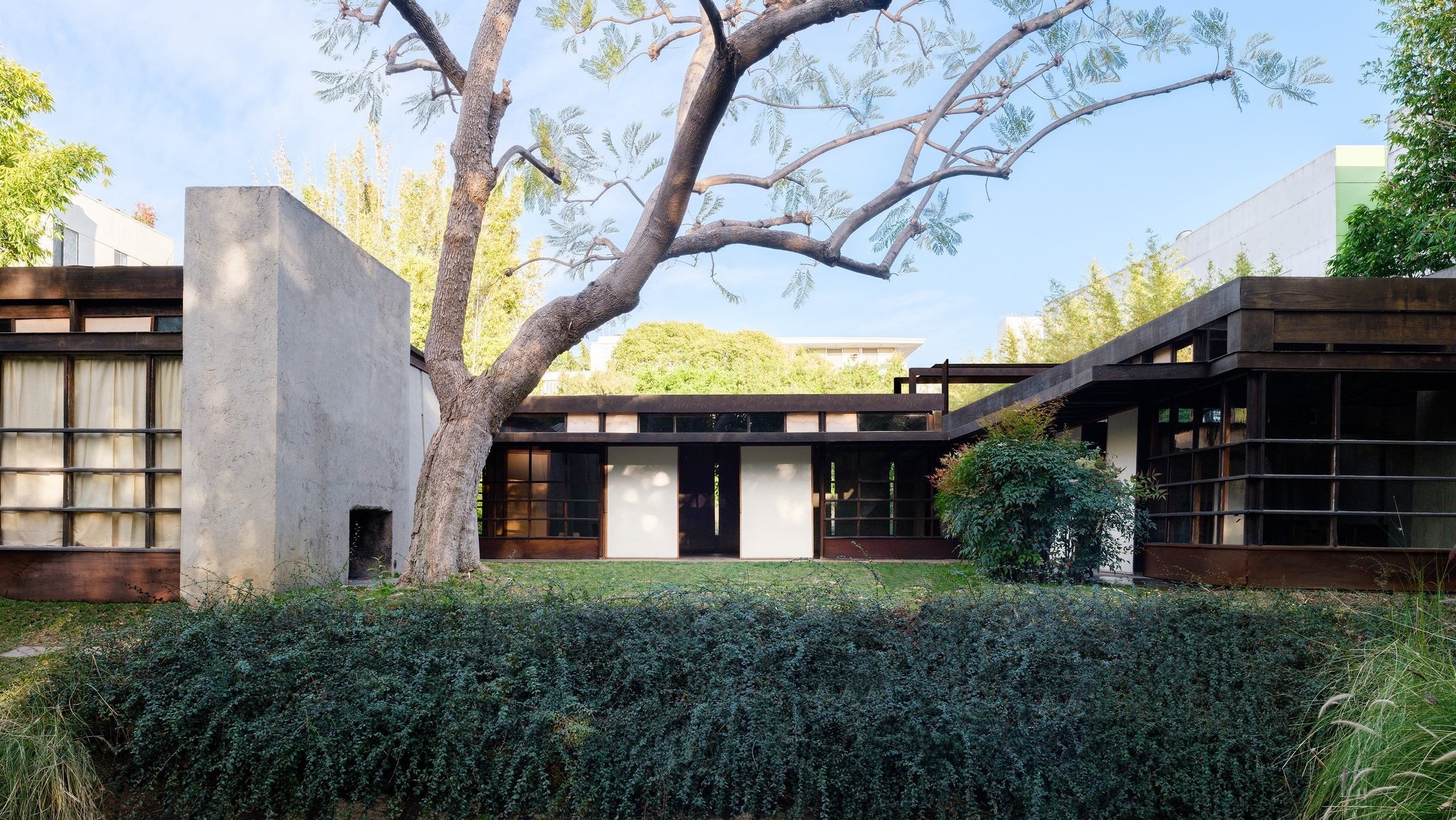
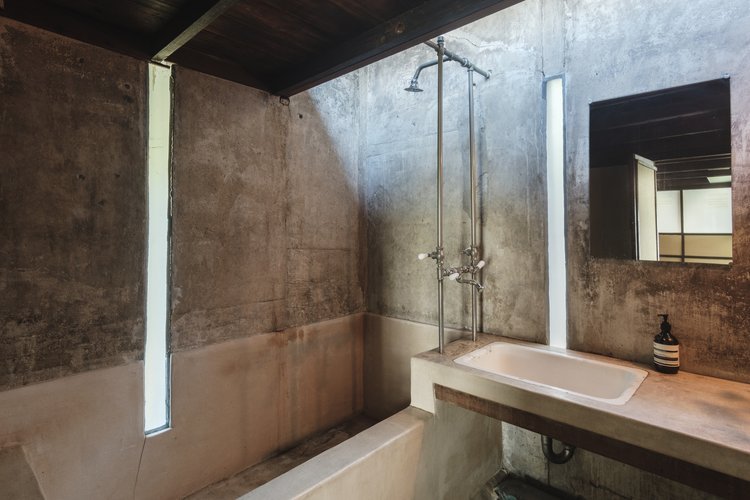
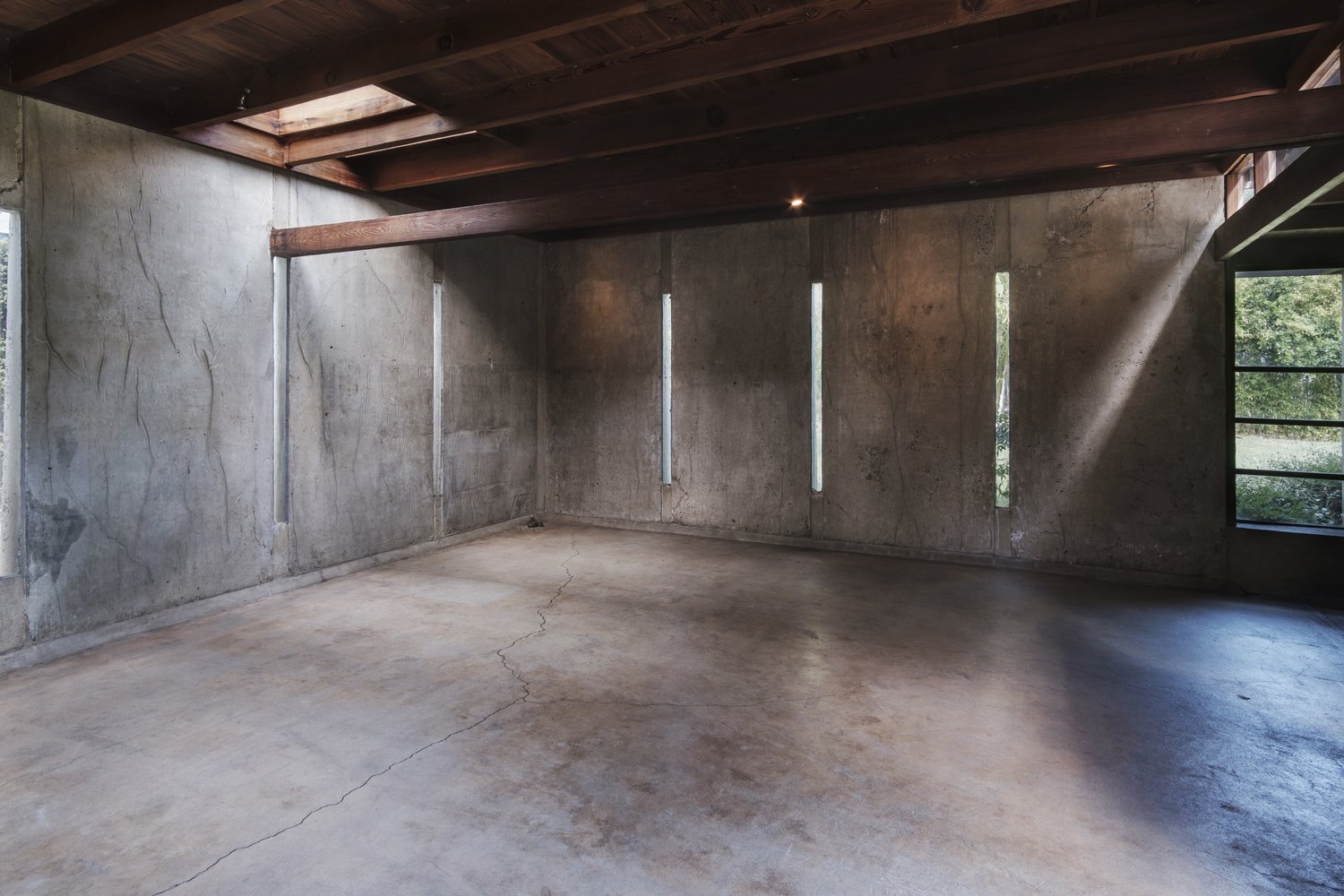

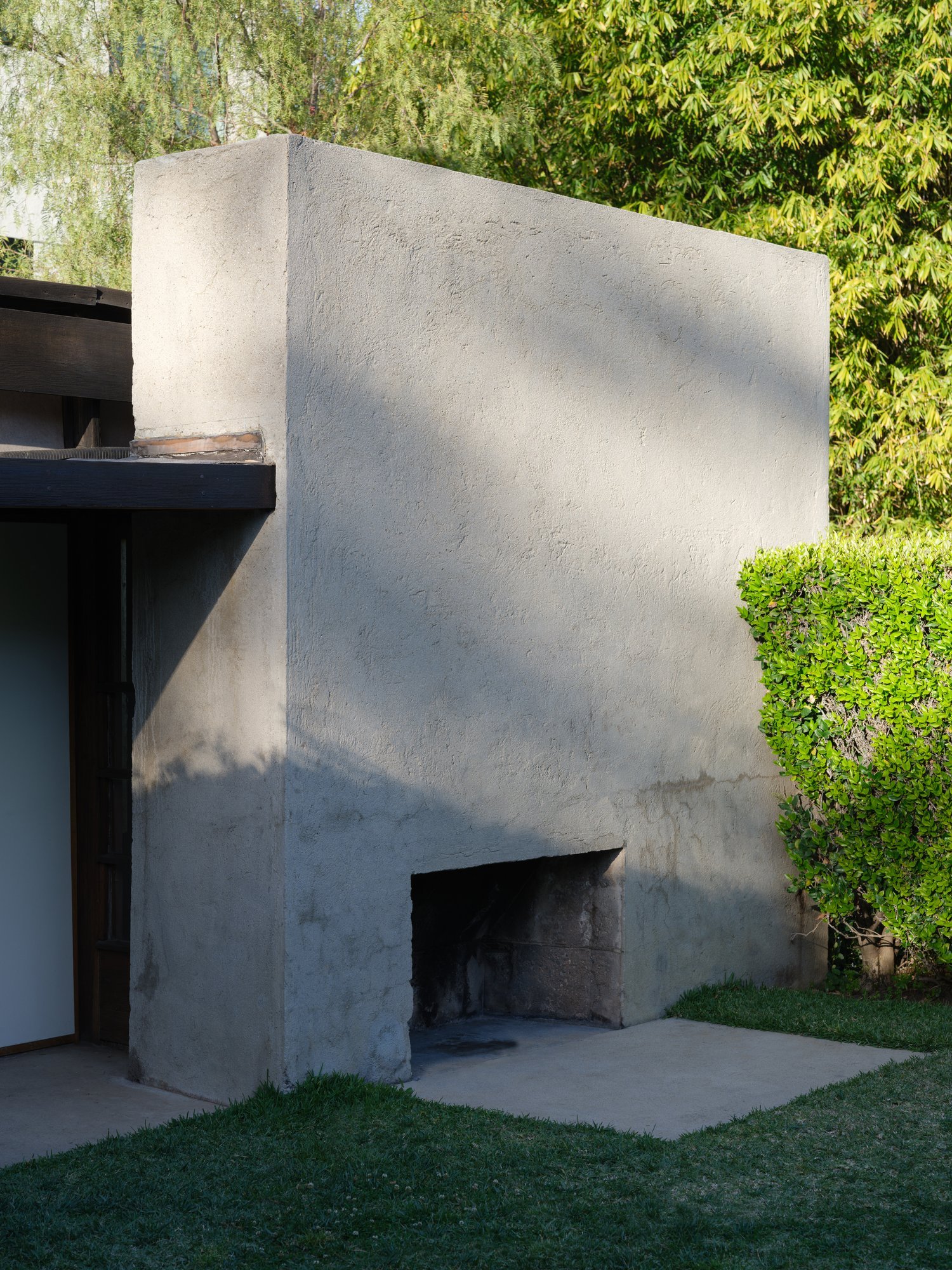
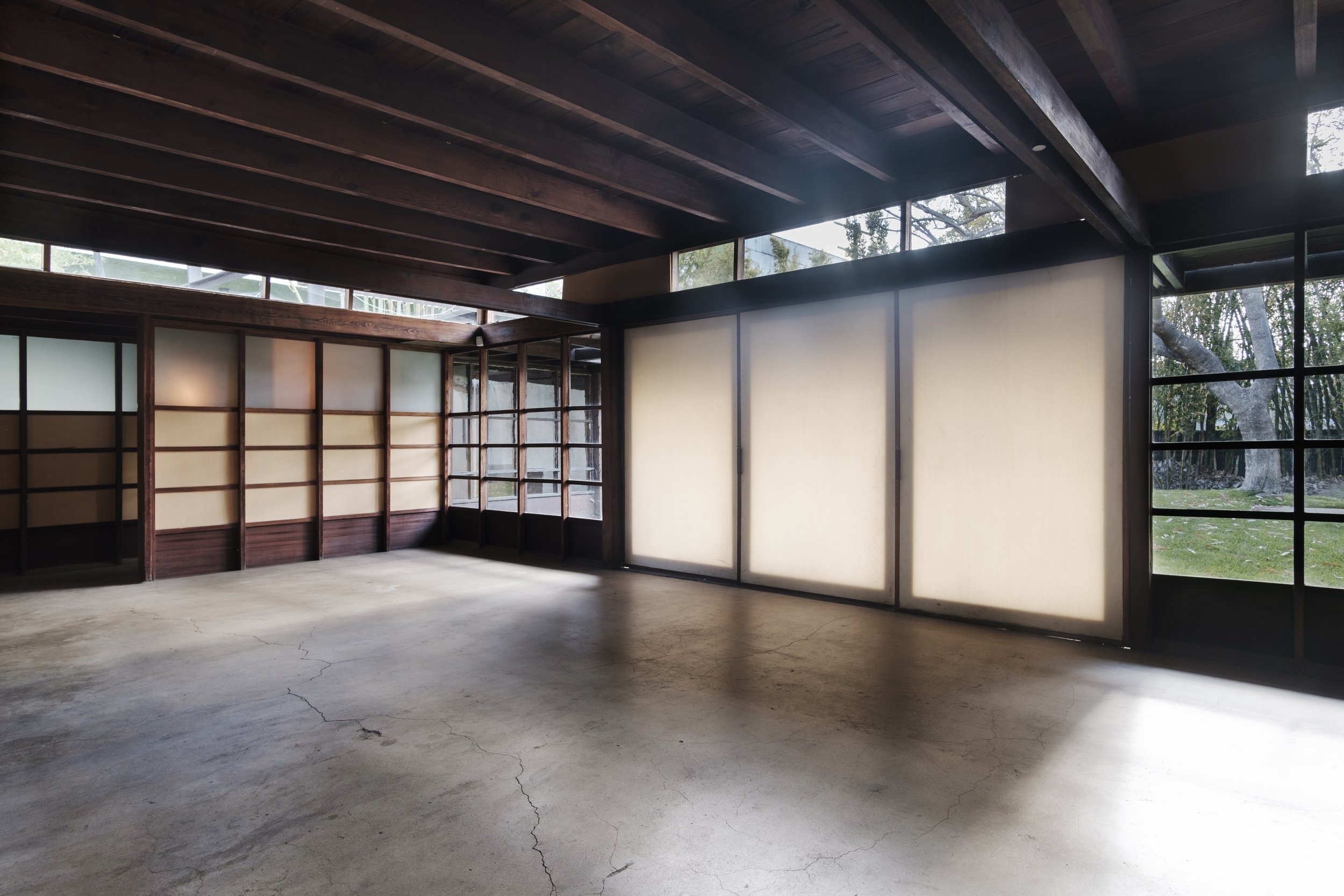
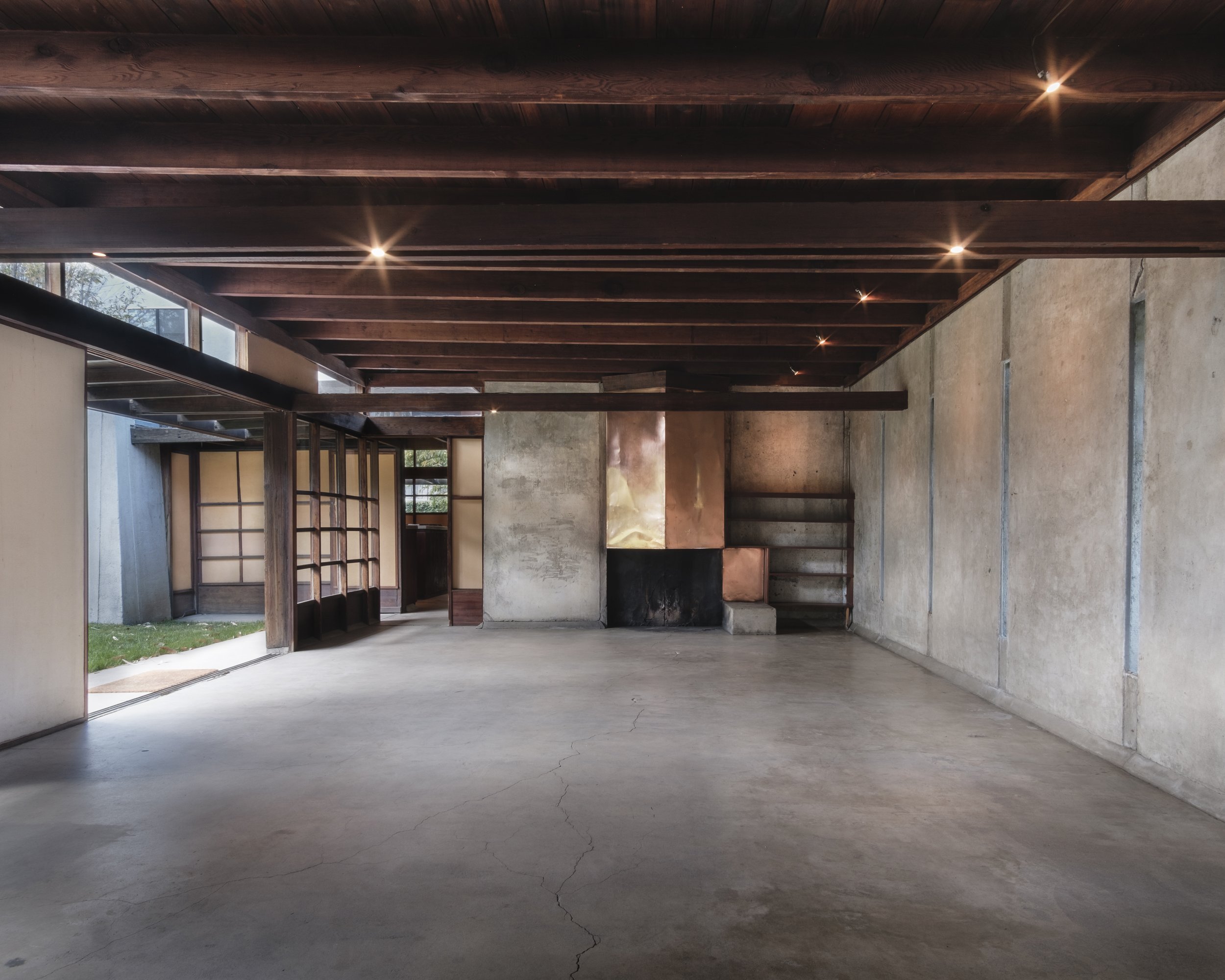
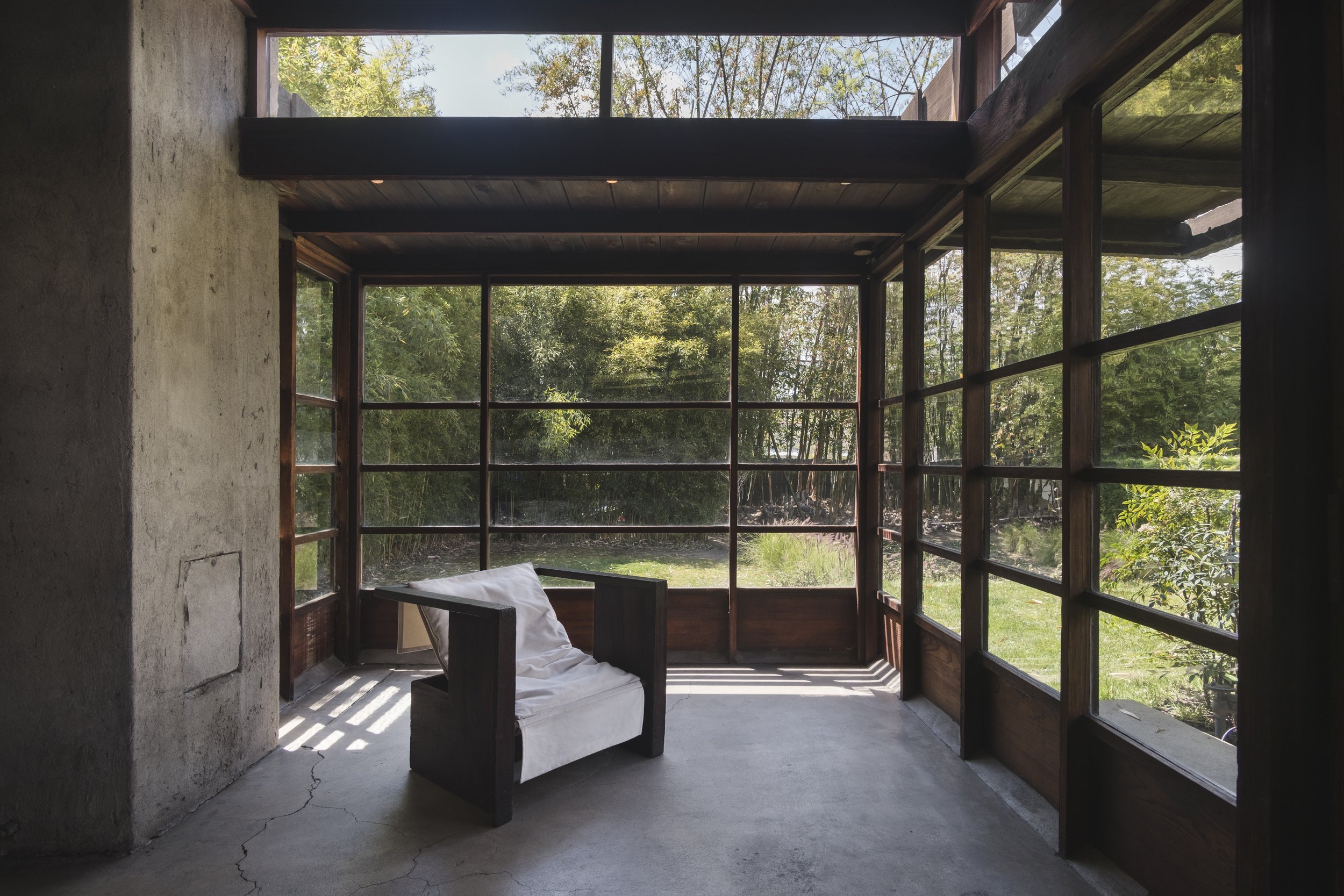
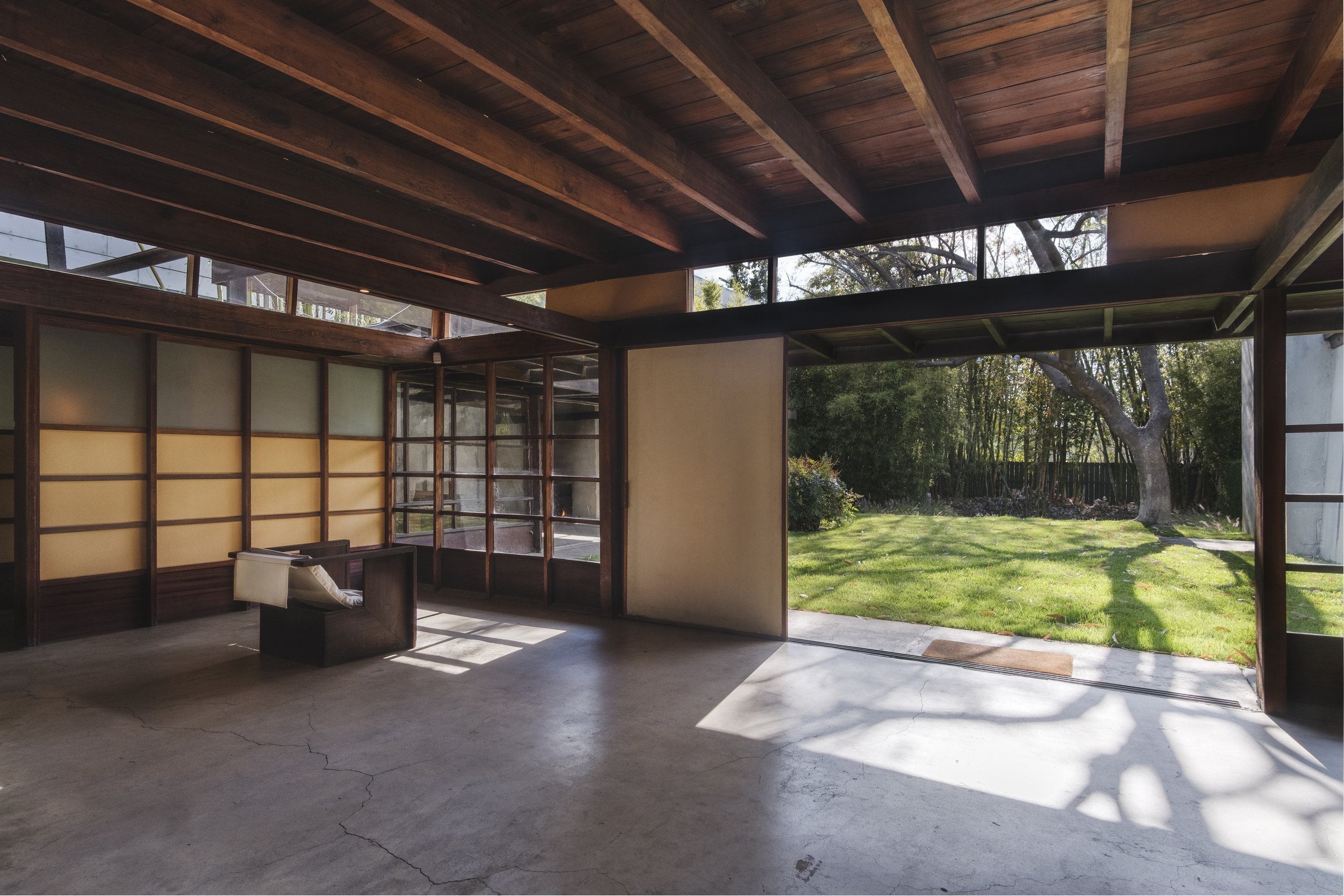
Southern California's architectural landscape is rich with innovative and inspiring examples of concrete coatings and polished concrete applications. From iconic landmarks like the Broad Museum and the Walt Disney Concert Hall to lesser-known gems such as the Schindler House, architects and designers in the region have embraced the potential of this versatile material to create exceptional spaces.
As Southern California continues to grow and evolve, it is likely that the use of concrete coatings and polished concrete in the region's architecture will expand and diversify. Whether in the form of landmark public buildings, cutting-edge commercial spaces, or groundbreaking residential projects, concrete coatings and polished concrete have made a significant impact on Southern California's architectural scene, showcasing the endless possibilities offered by this transformative material.










